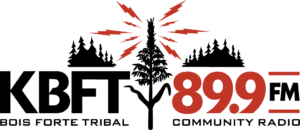Anishinaabe Word of The Day
Frog Creek (omagakii ziibii)
Frog Creek is located on the Bois Forte Band of Chippewa reservation.
The reservation is composed of three sections in northern Minnesota, United States:
- The Nett Lake Indian Reservation (Ojibwe: Asabiikone-zaaga`iganiing, “At the Lake for Netting”), located at 48°05′31″N 93°11′12″W, is the primary reservation holding, containing the unincorporated community of Nett Lake, MN. The area of 162.872 sq mi (421.838 km2) surrounds Nett Lake in Koochiching and St. Louis counties. This section comprises Nett Lake, Koochiching County plus Nett Lake, St. Louis County.
- The Deer Creek Indian Reservation, at 47°51′15″N 93°31′52″W, the second-largest section, comprises 35.109 sq mi (90.931 km2) in Effie unorganized territory in Itasca County, just east of the city of Effie. This reservation was originally set aside for the Little Forks Band of Rainy River Saulteaux. Today, as the population have all relocated onto either the Nett Lake or to the Lake Vermilion Indian Reservation, this reservation is kept as a natural resources reserve for the band.
- The smallest section is the Lake Vermilion Indian Reservation (Ojibwe: Onamanii-zaaga’iganiing, “At the Lake with Red ochre“). It consists of 1.623 sq mi (4.205 km2, or 1,039 acres) of land at 47°49′11″N 92°20′07″W in southeastern Greenwood Township on Lake Vermilion just west of the city of Tower in St. Louis County. Set aside by executive order, originally for the Lake Vermilion Band of Lake Superior Chippewa, today this reservation is one of the most accessible reservations for the Band. Consequently, the band operates Fortune Bay Resort Casino, The Wilderness at Fortune Bay golf course, and the Atisokanigamig (Legend House) Heritage Center out of this reservation.



